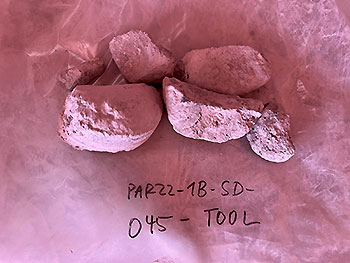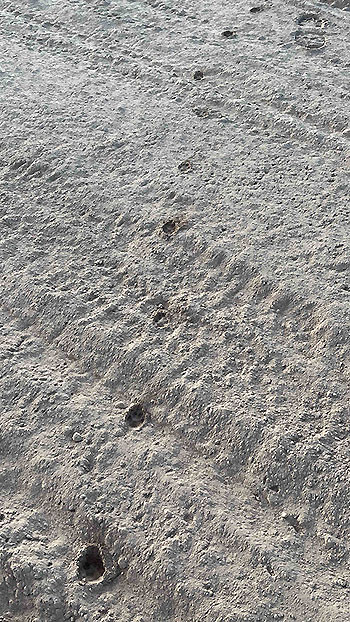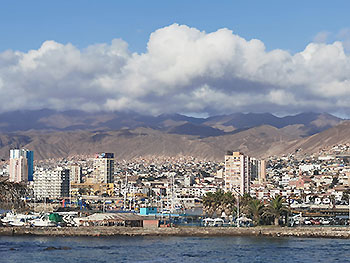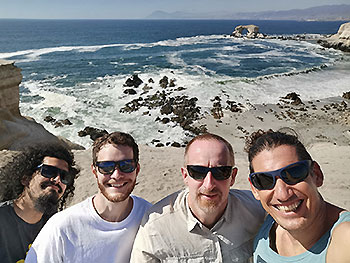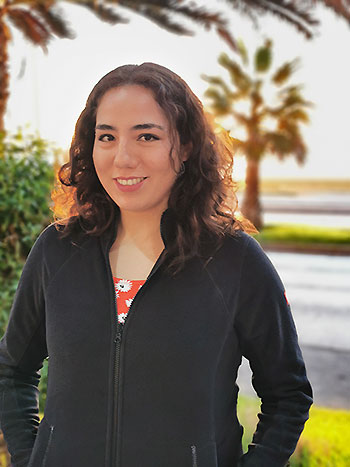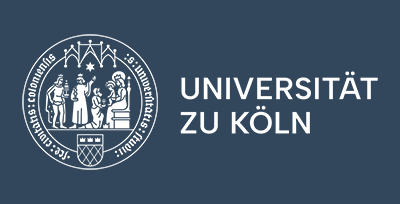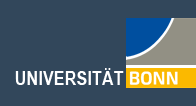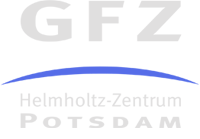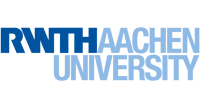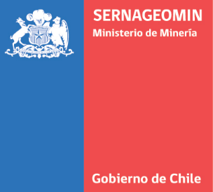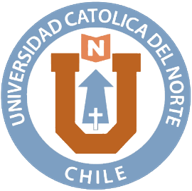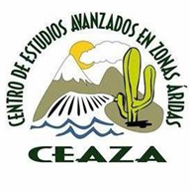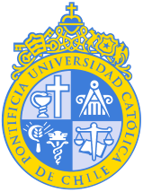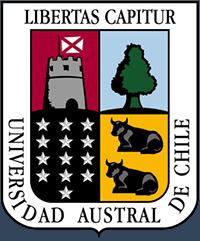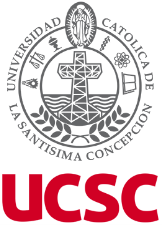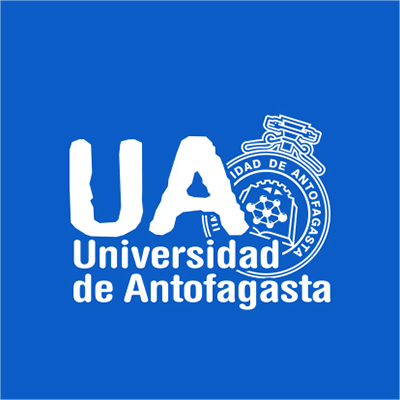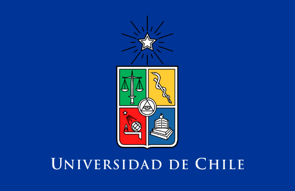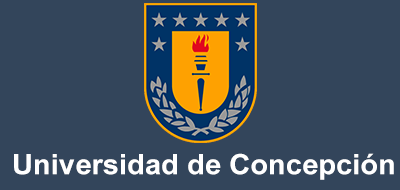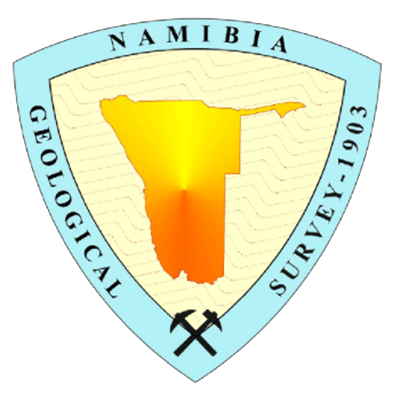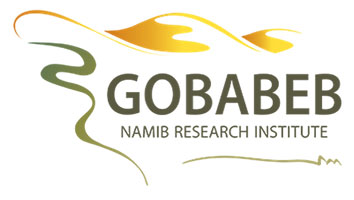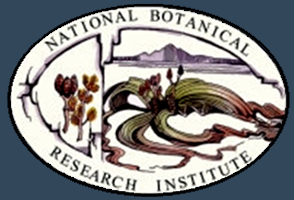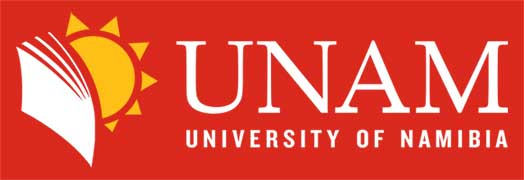The third week in the Paranal claypan started with promising results. We continued working at Hole 1B, and after passing a critical tephra around 30 meters, the drilling continued smoothly. We made great progress, reaching around 50 meters in only five days! However, at a depth of about 52 meters things got complicated. We hit another thick tephra layer, this time accompanied by a layer with large pebbles and cobbles (>10 cm). Unfortunately, this stopped any further progress with the sonic drilling system. Hence, we were forced to change to a rotary drilling system made for hard rocks which in theory will allow us to dig deeper into the early history of the Paranal claypan and recover the remaining 100 meters of sediments until the bedrock.
Since the new machinery had to be sent from La Serena, 1000 km away from us, we took advantage of these transition days to go back to Antofagasta for a few days to enjoy a well-deserved rest from the wind and the dust. It was also the perfect timing so the drilling team could have their scheduled resting period before resuming the work. We also used this time to do some necessary logistics and got stocked up with the materials that will be used in the new drilling phase.
Although the Atacama Desert is known to be the driest desert on Earth, some plants and animals are well adapted to these conditions. The footprints of a fox in the loose dust in the morning are a clear sign that also the local inhabitants are interested in our drilling operation. Maybe we are a tasty option on the menu for this little buddy?
While we were in Antofagasta our scientific team grew by one with the arrival of the PhD student Barbara Vargas Machuca, who works in the project A02. Besides helping with the drilling operations, Barbara will also use her stay to sample the sparse local vegetation around the claypan and surface sediments. After our reports of a rain event a couple of few weeks ago, Barbara is highly motivated to learn more about her study area and to see if the precipitation causes any desert blooming.
|
|
|
|



